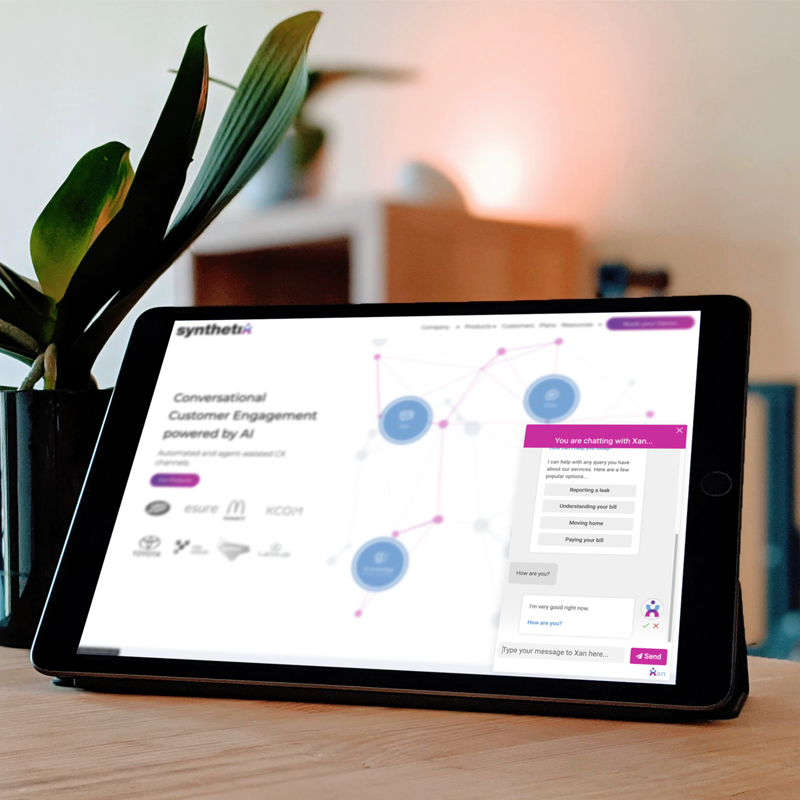
This, in turn, makes the website and app chatbots that remain and which add real value to the UX stand out clearly to users who need them. And, eventually, you developed a general banner blindness to them.Īs we’ve seen the technology improve, the purposeless chatbots have disappeared ( thank goodness). The notifications of all the ones you saw. If you were like me, you got so fed up that you immediately dismissed Similar to cookie consent banners and subscriber pop-ups, they were on every website when they first started trending. Thankfully, chatbots aren’t as pervasive as they once were. I suspect we’ll see more transactional chatbots like this in the future as consumers’ trust in online security and AI grows. I’m not sure when they removed the functionality from their site and app, but apparently Domino’s Anyware now enables customers to place their orders via voice or text on a variety of devices and platforms. There are definitely fewer clicks involved in the process (speaking from personal experience) and the question prompts also help to reduce errors in bookings.īy the way, some transactional chatbots can take customers through the entire process.ĭomino’s used to have an ordering bot, for example. While Amtrak customers can walk through this process on their own, Julie does simplify things a bit. While Julie can’t do the booking for customers, it can get them nearly all the way there. It also helps them quickly get to theīooking page. But, more importantly, they can also help users perform actions.įor instance, Amtrak’s “Julie” search bar chatbot helps people retrieve information about scheduling and tickets. They can offer shortcuts to information like purely informational chatbots do. Transactional chatbots are the next step up in chatbots and can be useful on websites and apps.

That’s where transactional chatbots may come in handy. However, when it goes beyond an informational request, the chatbot attempts to escalate it to a live representative. Zinus, for example, has programmed its chatbot to provide visitors with quick responses to information from the site.

In other words, if your website visitors would benefit from having a quick way to retrieve information from your website, blog or store and don’t want to dig around the navigation themselves, an informational chatbot would work great. “Our kids’ section is in the back and to the left.”

They’re like associates who walk around stores and answer basic questions that customers have. Informational chatbots are most often used on websites. While you may still run into chatbots like that today, most of the ones we have now are useful and actually enhance the digital products they support. It was basically like affixing a friendlier form of the search bar to the bottom corner of the screen. They’d pop up in the bottom-right corner of the screen, send you a friendly greeting, and then invite you to askĪt the time, the technology was pretty rudimentary. When chatbots initially became mainstream in web and app design, they all tended to have the same design and serve the same purpose. To add them to industry-specific digital products. We’ll dig into the common types of chatbots as well as useful ways In this post, I’d like to take a look at what’s happening with chatbots right now. Not only can it greatly improve many users’ experiences when interacting with a product, but it can do a lot of good for the company that owns the product.įrom data collection to simplifying operations, there are a lot of uses for chatbots.

In this post, we’re going to take a look at the difference between informational and transactional chatbotsĪlong with six industries currently putting them to good use.Ī well-built bot can be a great addition to a digital product these days. With recent improvements in AI, it’s no surprise that we’re seeing a resurgence in the use of chatbots on websites and apps.


 0 kommentar(er)
0 kommentar(er)
